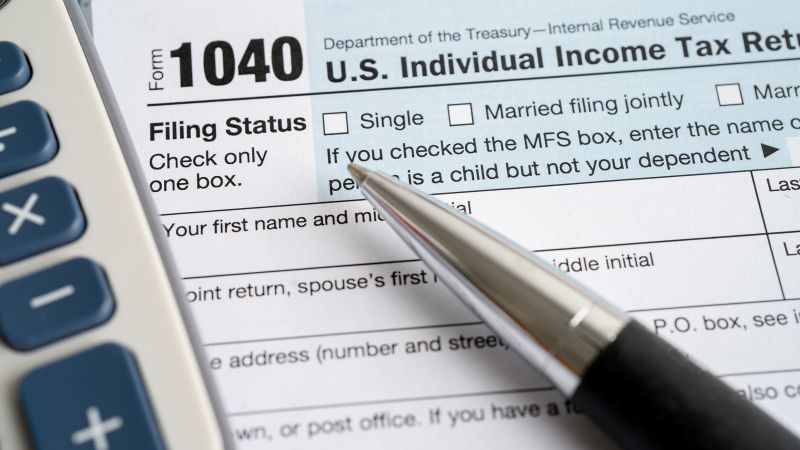If you are someone who likes to plan ahead on your taxes, the IRS this week released the new inflation-adjusted income tax brackets and standard deduction amounts that will be in effect for tax year 2024.
Translation: These are the numbers that will be relevant to the tax return most Americans will file in early 2025.
The IRS makes inflation adjustments annually to tax brackets, the standard deduction and some other tax breaks. The changes are designed to protect taxpayers from the effects of inflation, said Alex Durante, an economist at The Tax Foundation. But the net effect of the changes will not meaningfully alter a person’s tax burden.
Put another way, “the inflation adjustment isn’t putting extra money in people’s pockets. It’s just keeping them from facing higher taxes if their inflation-adjusted incomes (also known as real incomes) rise by 7%,” wrote Robert McClelland, a senior fellow at the Tax Policy Center, in a blog post.
Higher standard deduction
For individuals and married people filing separately, the new federal standard deduction next year will increase to $14,600, up from $13,850 this year.
For married couples filing jointly, the standard deduction will rise to $29,200, up from $27,700 currently.
And for people who file as head of household, the standard deduction will be $21,900, up from $20,800 today.
Most filers claim the standard deduction. Others will itemize their deductions because taken together, they add up to more than the standard deduction.
For example, if you are a single filer and your mortgage interest, charitable contributions and allowable portion of your state and local incomes taxes come to more than $14,600 in 2024, you likely would itemize your deductions to save more on your taxes.
The US federal income tax code currently has seven tax rates – 10%, 12%, 22%, 24%, 32%, 35% and 37%.
Each of those rates applies to a range of taxable income, also known as a tax bracket.
For tax year 2024, each of the seven rates will apply to the following new income tax brackets:
10%: Income up to $11,600 ($23,200 for married couples filing jointly)
12%: Income over $11,600 ($23,200 for joint filers)
22%: Income over $47,150 ($94,300 for joint filers)
24%: Income over $100,525 ($201,050 for joint filers)
32%: Income over $191,950 ($383,900 for joint filers)
35%: Income over $243,725 ($487,450 for joint filers)
37%: Income over $609,350 ($731,200 for joint filers).
Taxable income, remember, is your gross income minus the various tax breaks for which you’re eligible.
So, as an example, say you’re single and make $100,000 a year but your taxable income comes out to $75,000. The first $11,600 of that will be taxed at 10%. Your taxable income between $11,600 and $47,150 will be taxed at 12%. And your taxable income between $47,150 and $75,000 will be taxed at 22%.
If your employer gives you the option to contribute to a Flexible Spending Account, which lets you save tax-deductible income to cover your out-of-pocket medical expenses in a given tax year, the IRS will allow FSA participants to save up to $3,200 in 2024, up from $3,050 this year.
And last week the IRS announced you will be allowed to save more in your tax-advantaged 401(k) and IRA too.
For more on these and other tax changes for 2024, go to IRS tax-inflation adjustments.
Read the full article here




